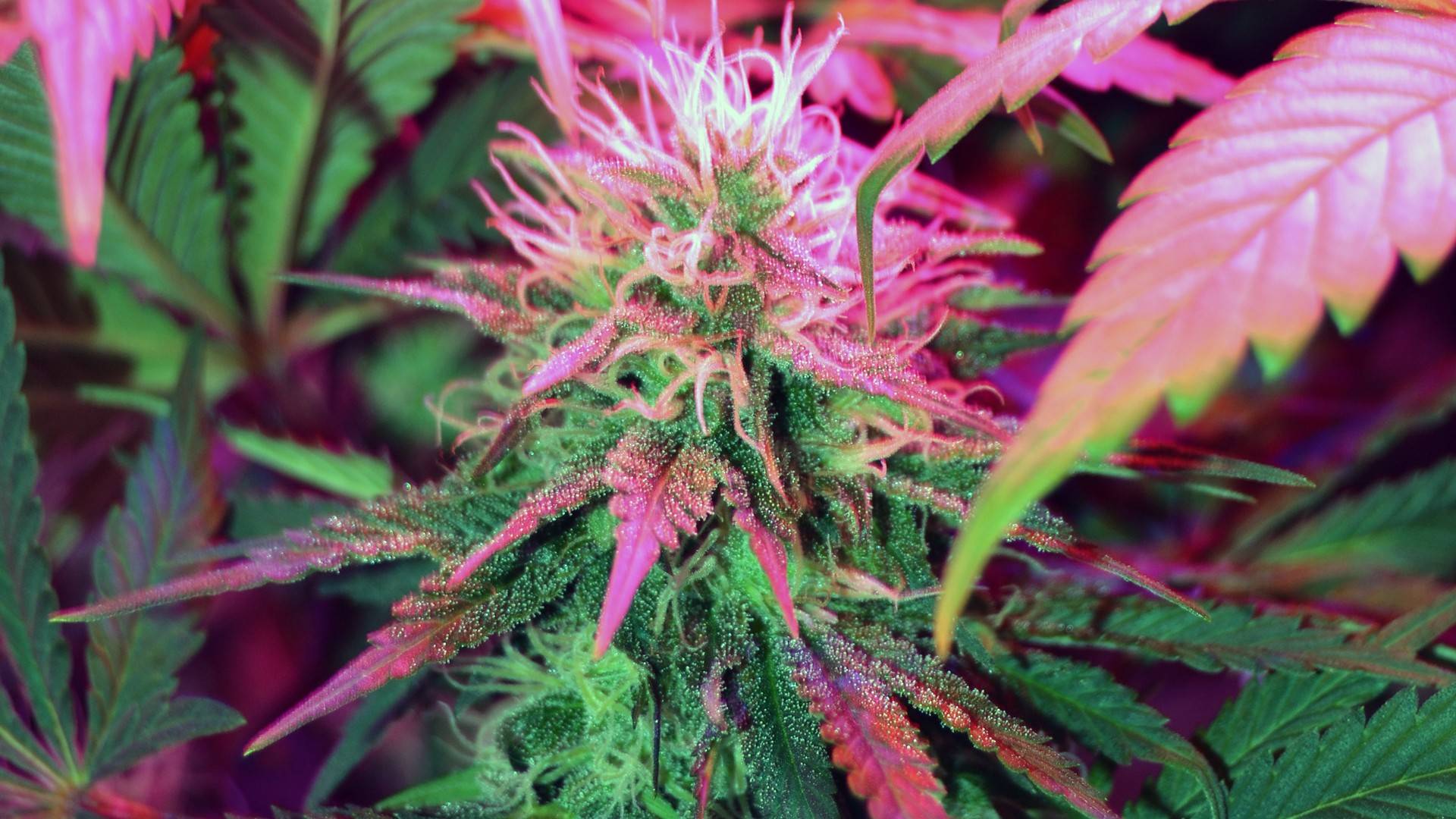
Growing marijuana indoors requires very large energy inputs. A 2012 study estimated that marijuana growth in the United States accounts for one percent of the country’s energy use; that’s $6,000,000,000 worth of energy! In states with particularly high production, marijuana energy use is even higher; California’s is estimated to be three percent of the state’s total energy use. Producing one kilogram of final product indoors generates 4600 kilograms of CO2 emissions, the equivalent of 3,000,000 cars. Most of this energy goes to the lights necessary to stimulate the plants’ photosynthesis. But it is also needed for climate controls (heating and cooling, depending on the season) and dehumidification, among other uses. This problem is compounded by the fact that because growing inside provides more stable conditions, marijuana farmers are able to increase the number of harvest per year, further increasing overall energy use per year.
The photo above, and more illustrated statistics on marijuana’s water and energy use, can be seen in this Mother Jone’s piece.




